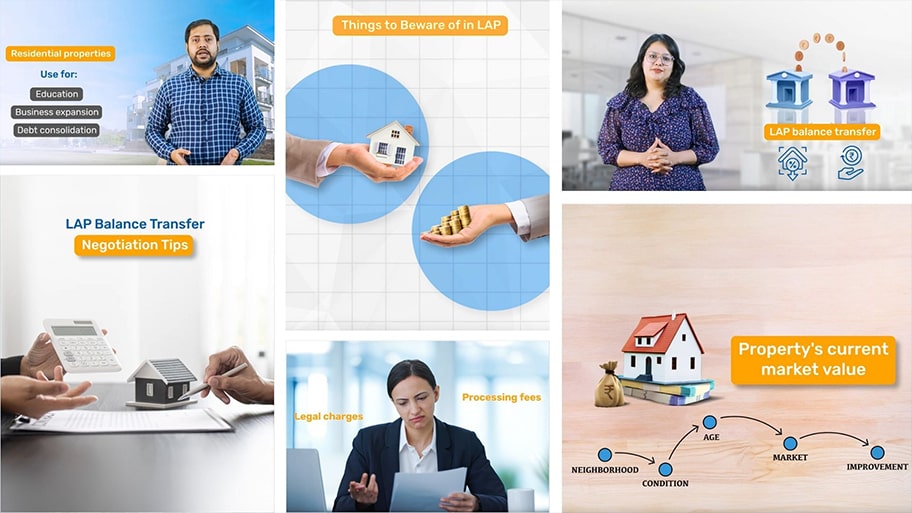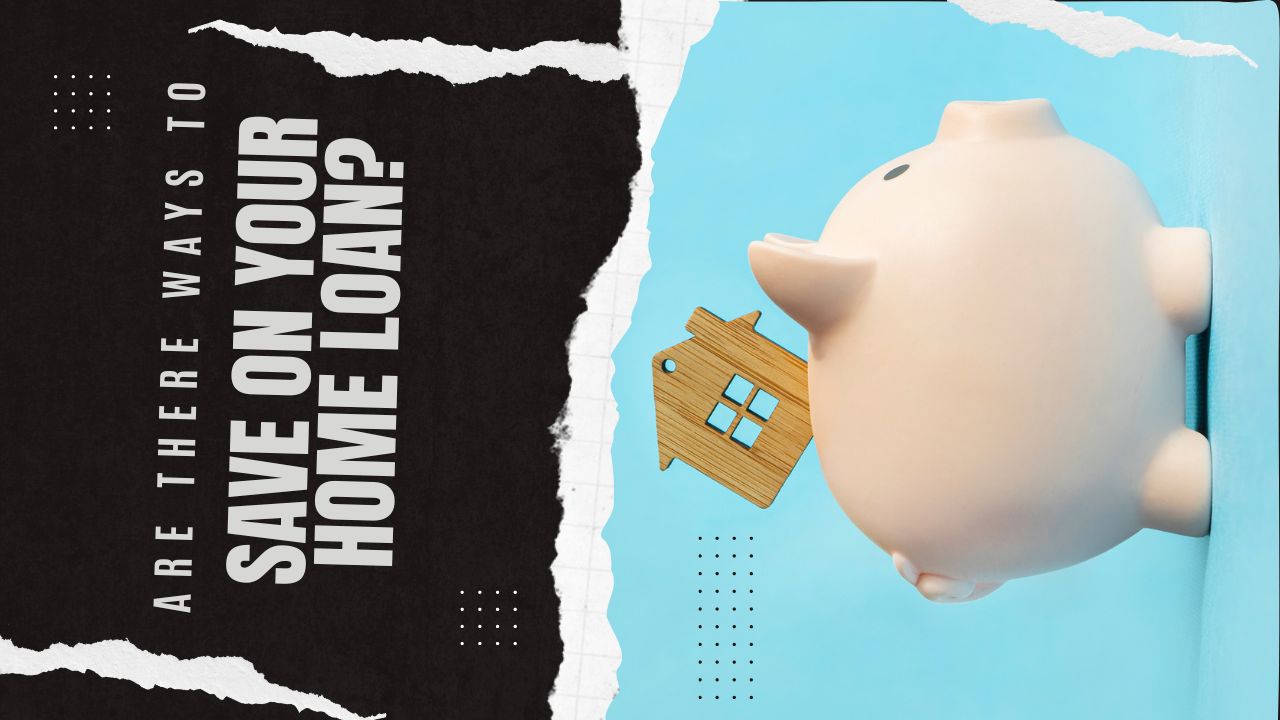Home Loans 101: A Comprehensive Guide to Buying Your Dream Home
Home loans make owning a home possible, whether it’s for purchasing land, constructing, or renovating a property. In this video, we’ll explore the different types of home loans and what you might need to know before applying.
We’ll discuss loan options for various needs, such as buying land, building a new house, making renovations, or extending an existing home. You’ll learn about composite home loans, which cover both land purchase and home construction within a single loan. Furthermore, you’ll get an understanding of how you could use home loan balance transfers to switch to lenders with lower interest rates.
We’ll also explain home loan basics, like the high maximum loan caps, longer repayment tenures of up to 25–30 years, and possible tax benefits. Additionally, you’ll find out how banks verify property documents during the loan process to ensure authenticity and protect you from fraud.
Finally, we’ll highlight eligibility factors, including age, income, credit score, and financial obligations, along with tips on choosing between fixed and floating interest rates.

Key Takeaways
Home loans could help you achieve your dream home, with options for land purchase, construction, renovation, or expansion
Composite home loans cover both land purchase and construction and could simplifying the financing in a single loan
Home Loan Balance Transfer might offer financial relief by shifting to a lender with a lower interest rate and a potential top-up loan
Eligibility factors for home loans often include age, income, credit score, and current financial obligations
Repayment tenures for home loans could extend up to 25–30 years, offering a longer timeframe than other loans
Home loans might provide tax benefits on both interest and principal amounts, adding a financial advantage
When choosing a home loan, you could consider fixed or floating interest rates and select a simplified application process to ease documentation
What to Watch Next
Bites








































